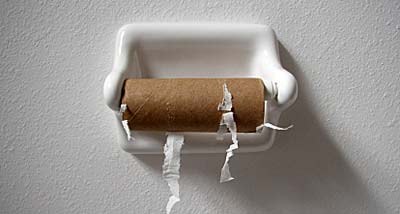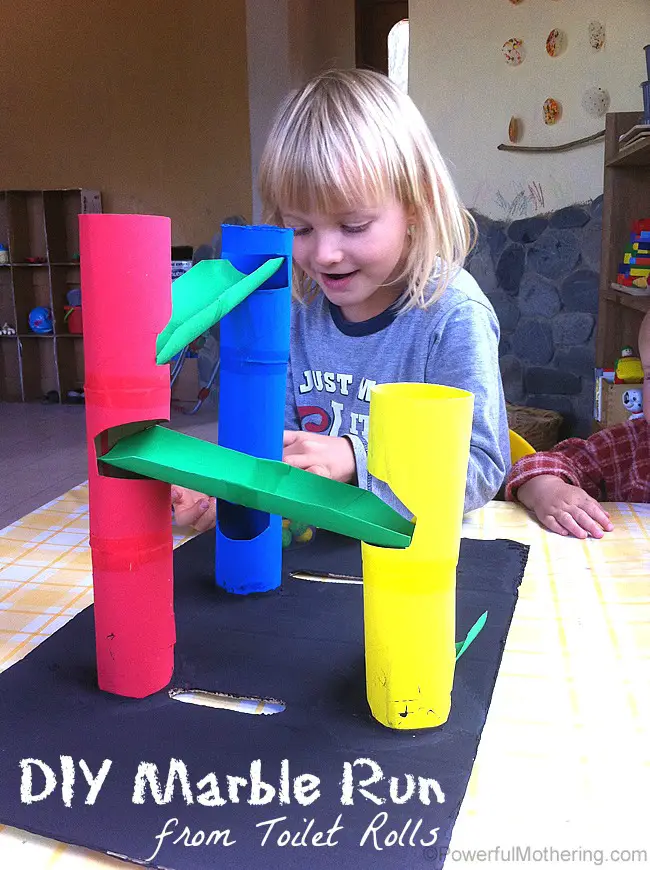Do you know those kids who always ask “Why?” and have a million other questions? Or a child who loves to dig in the dirt and take things apart?
Then you know a problem solver!
When kids ask questions and explore the world around them, they are on their way to solving problems both big and small.
Kids are naturally curious, making them born problem solvers. Once you learn to think of their curiosity as a path to knowledge, new ideas and problem solving, you’ll be better able to help foster that curiosity, and help them develop the critical- and creative-thinking skills necessary for problem solving.
 To support creative thinking, encourage observation and reflection during an open-ended activity, such as finding other uses for items that end up in the recycling bin. Allow time and space for kids to generate new and unusual ideas. Offer experiences and ideas that are ambiguous and ask them lots of open-ended questions.
To support creative thinking, encourage observation and reflection during an open-ended activity, such as finding other uses for items that end up in the recycling bin. Allow time and space for kids to generate new and unusual ideas. Offer experiences and ideas that are ambiguous and ask them lots of open-ended questions.
Nurture curiosity with your own example. Show your own excitement when asking questions of your own or discovering something new. Share the thrill of your wonder!
Your own example is also valuable to kids watching to see how you solve problems. And they are watching! So be willing to make a mistake, talk about the resulting problem and demonstrate how to think through the solution. Model your process with a positive attitude. And don’t hesitate to ask kids for ideas for solutions.
You’ll also find great examples of problem solvers in children’s literature. Try reading some of titles below and then talk together about how the characters in the stories solve problems. As you read, encourage kids to identify the problem and offer their own solutions. After reading, discuss how they may have solved the problem differently than the character and get them thinking about why or why not that was the best way to solve the problem.
Josh fixes a problem by wearing a bag on his head, but his sister has a better idea.
A Big Guy Took My Ball! by Mo Willems
A big guy takes Piggie’s ball. How can her friend Gerald help?
Caps for Sale by Esphyr Slobodkina
Monkeys have taken the peddler’s caps. What can he do to get them back?
Simon meets the challenges of a dog, cat and horse, but how will he outwit the tiger?
Will Ladybug Girl and Sam ever be able to agree on what to play?
Mike and his steam shovel work so quickly, they get trapped in the basement they dug.
Swimmy by Leo Lionni
The little fish are afraid until Swimmy figures out a way to protect them all.
Muncha! Muncha! Muncha! by Candace Fleming
Mr. McGreely's solutions to keeping rabbits out of his garden become increasingly outrageous.
Keep the problem-solving juices flowing following a Read-Aloud. Instead of offering instructions for a themed craft project, show kids the materials you have on hand and invite them to come up with their own ideas for what to make. You can offer your suggestions too, but let kids solve the “what to make” problem by making whatever they choose. Let curiosity be their guide!
And remember, curiosity and problem solving can sometimes get messy and loud. A child digging through the trash or recycling may not look he's thinking, but he is when that digging is really an exploration and discovery mission for a bottle cap that will make a great wheel! When you let kids figure out things on their own you’re letting them discover their own strengths and the consequences of their actions. Yes, that bottle cap is a great wheel, but it — and hands — will need to be washed.
Guest blog post by Rachael Walker, Belle of the Book.
Guest blog post by Rachael Walker, Belle of the Book.



















